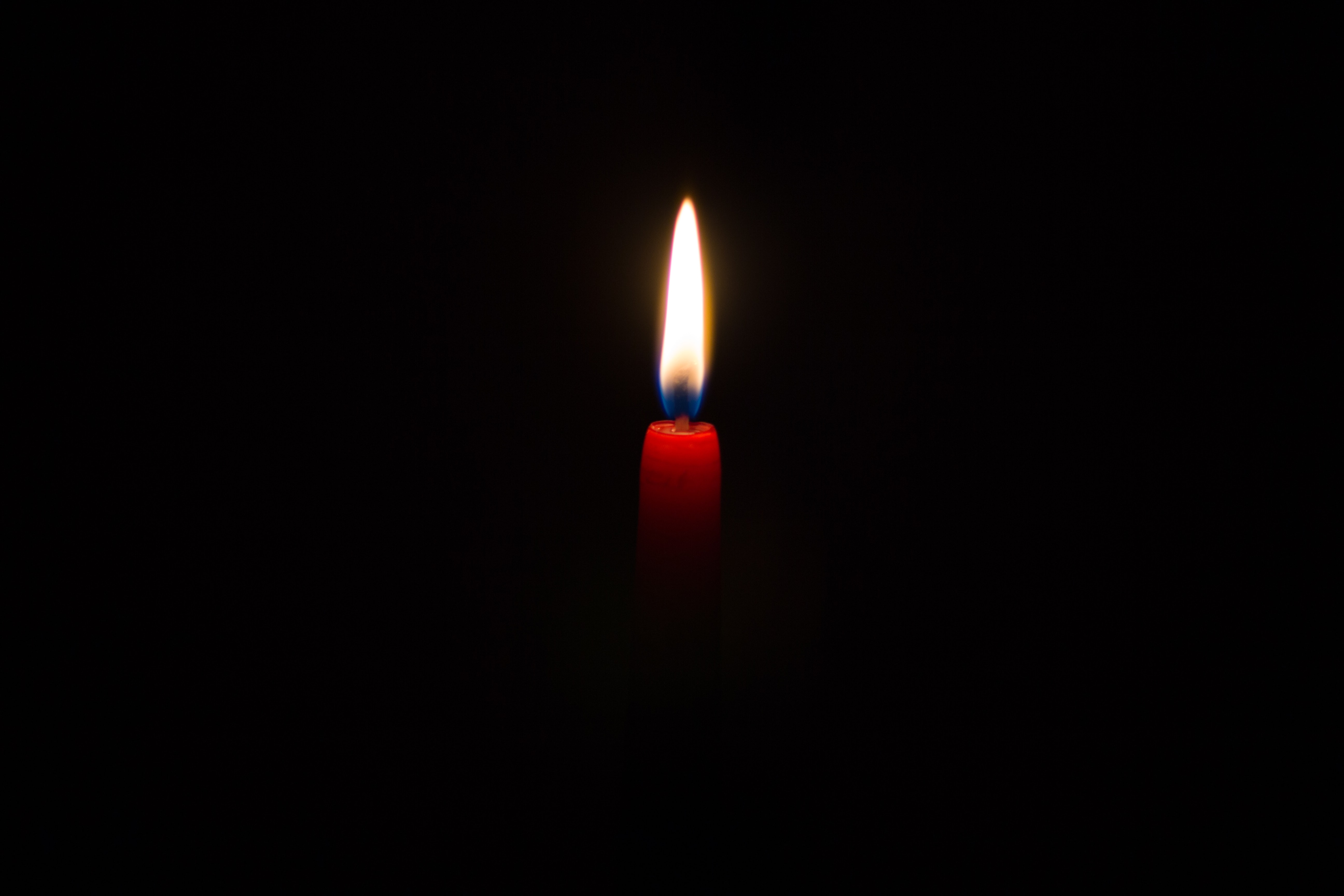Climate Emergency means that extreme weather conditions are now an incontestable fact of life. Heatwave, especially in tropical countries, have become brutal and countries like Bangladesh are no exception; quite the contrary, high humidity makes cities like Dhaka open ovens with extreme temperatures. As always, the poor suffer the most — as Md. Showkat Raihan and Md. Obaidullah argue in this post, suggesting ways to mitigate the impact on the poor, as well as on the economy.
Heatwaves are a meteorological phenomenon, typically found to occur in Bangladesh during the summer and monsoon seasons. However, there is no formal or standard form of heatwave which can be applied universally: it varies from country to country, and from place to place.
Changing climatic patterns are accelerating the intensity and severity of heatwaves; in fact, heatwaves are one of the most dangerous manifestations of it. It harms human health, producing heat exhaustion, dehydration, and heat stroke; additionally, it bears blame for a sizable number of deaths worldwide, and Bangladesh is no exception. A heatwave happens when the daily maximum temperature exceeds 36 degrees Celsius across a vast area over a period of time. It is particularly risky in Bangladesh due to the high moisture content of the air because high moisture levels obstruct the body’s natural cooling system.
Dhaka, the capital of Bangladesh, experienced an extreme heatwave in 2022; in August, Bangladesh saw record temperatures in the last 30+ decades. While heatwaves have always existed, the difficulty at the moment is that, as a result of climate change, intense heat is becoming more severe and frequent.
A study published by the Adrienne Arsht-Rockefeller Foundation Resilience Center found Dhaka is losing US$ 6 billion worth of labour productivity every year due to heat stress from extreme temperatures. This amounts to over 8 per cent of the city’s annual labour output, and unless measures are taken to reduce global warming, this number could rise to 10 per cent by 2050. Assuming a 12-hour workday, a worker loses approximately 10 minutes of working time owing to extreme heat; this would mean that Bangladesh loses 254 hours of labour per person per year due to heat stress, or 7 billion working hours annually due to excessive heat.
Heatwaves frequently have complicated impacts on human economies due to lower worker productivity, particularly among informal sector and/or outdoor workers. Most workers (such as agricultural and informal workers) work outdoors and are subject to very high temperatures. They become dehydrated quickly, and heat stress symptoms such as heat stroke, fatigue, and cramps worsen their conditions, limiting their working hours. An individual is often unable to stay in one spot for more than six hours if the temperature exceeds 35 degrees Celsius. And there is no doubt that such circumstances significantly reduce productive working hours.
Loss of labour hours is particularly significant in industries like brick and garment manufacturing because workers are subjected to higher temperatures because of their proximity to machinery and ovens. The loss of livestock or crops due to excessive heat increases people’s hardship, especially their ability to provide for necessities.
Heat impact on worker productivity and economic losses has already resulted in losses of up to 10 per cent of income in sectors like garment production, transportation and retail commerce where wages are already below average.
*
Heat temperatures vary in different parts of Dhaka. Extreme heat has the greatest impact on those who are already living in poverty; poor people face a variety of health hazards owing to excessive temperatures. Data shows that some of Dhaka’s most impoverished areas are most affected by heatwaves; temperatures here are often higher than in the surrounding areas, with a large concentration of informal settlements and widespread use of corrugated iron-sheet roofing in their dwellings. The lack of greenery and the use of corrugated iron-sheets make the poorest places the hottest. Corrugated iron absorbs heat throughout the day, and does not release sufficient heat at night. Due to high-rise structures that surround these areas that block the circulation of wind, the hot air gets trapped, making the area hotter and very unbearable.
According to health experts, high temperatures will force hundreds of thousands of poor people in Dhaka, who have little access to drinking water in the best of times, to increase their water consumption. Their lives — and of all those whose livelihoods rely on outdoor activities in extreme heatwaves — may be endangered if the government fails to provide safe drinking water and educate them about the dangers of prolonged exposure to the sun.
Further, people with pre-existing medical conditions are more likely to be hospitalised and die during a heatwave. Infants, those with heart problems, kidney disease, chronic lung disease, pregnant women, and the impoverished — are all in danger.
Health experts typically advise those who rely on outdoor activities for their livelihood to start their days early and spend less time in the sun. They also encourage people to seek shade whenever possible, and bring umbrellas and drinking water to work.
Heat-related mortality and dangers can be greatly reduced by implementing some precautions. The World Health Organisation (WHO) has already given public health recommendations on dealing with excessive heat to the general public and medical professionals. India has implemented the HEWS (Heat Early Warning System) program to prevent heat-related mortality and dangers. Bangladesh should pursue comparable measures for the country’s largest cities, particularly Dhaka and Chattagram.
Furthermore, implementing the Heat Adaptation Plan (HAP) at the city and administrative levels, as well as mass awareness and knowledge campaigns, infrastructure and technological development, can improve overall understanding and promote necessary actions to remedy the effects of heatwaves in Bangladesh. The authorities must ensure that sheds and green spaces in metropolitan areas are equipped with sources of drinking water so that people can rest on hotter days. They must subsidise agriculture in order for farmers to employ workers in two shifts. They must also provide universal health insurance to all citizens so that they may access decent healthcare at any time, which will encourage them to remain employed even under circumstances of high temperatures.
Extreme heat has a disproportionate impact on the impoverished. The situation is unquestionably unsustainable, and if immediate action is not taken, not only will the poor suffer but the entire urbanised economy will be stressed. The uncontrolled urbanisation of Dhaka must be dealt with immediately, and authorities must show their commitment to making the city livable by taking effective action to minimise heat stress for everyone.
*
The views expressed here are those of the authors and not of the ‘South Asia @ LSE’ blog, the LSE South Asia Centre or the London School of Economics and Political Science.
Banner image © Akram Hossain, Old Dhaka, 2022, Unsplash.







